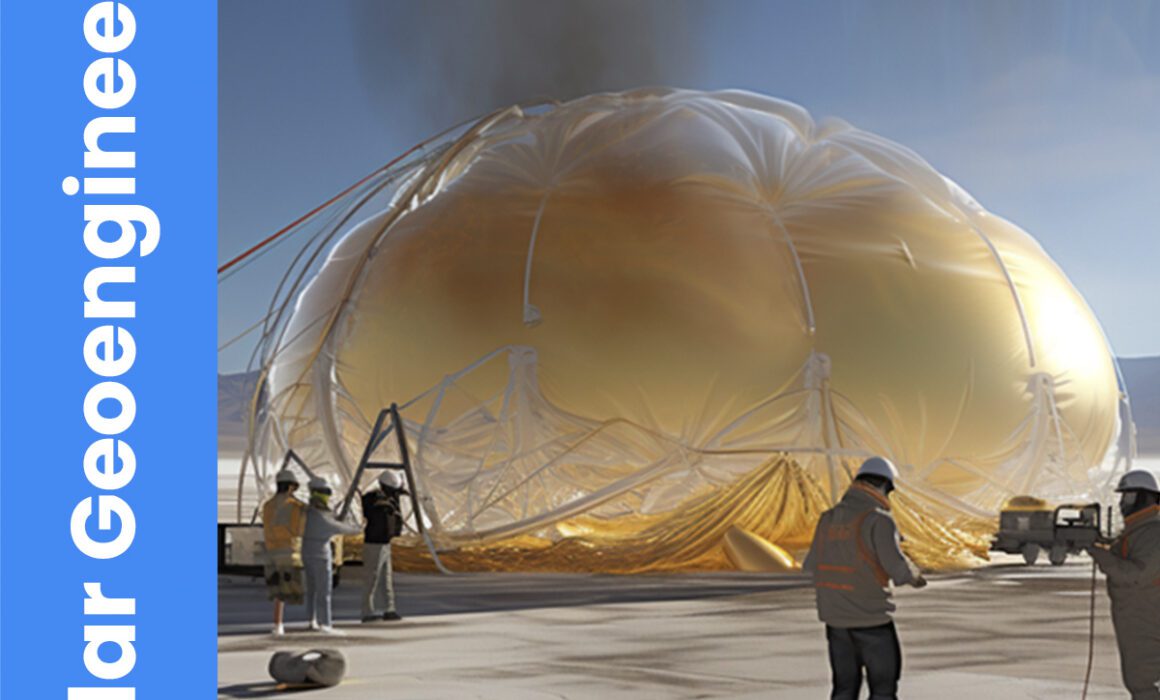Engineering the Sky to Prevent Global Warming
The impossible mission of engineering the sky to prevent global warming:
- On February 12, 2023, two men released a balloon filled with sulfur dioxide (SO2) gas outside Reno, Nev.
- The act demonstrated the concept of solar geoengineering, aiming to slow global warming by reflecting sunlight back to space.
- Luke Iseman and Andrew Song, founders of Make Sunsets, sold “cooling credits” to offset the warming effects of carbon dioxide.
- Solar radiation management (SRM) is controversial, with concerns about its potential risks and unintended consequences.
- SRM mimics the natural cooling effect of large volcanic eruptions, like the Mount Pinatubo eruption in 1991.
- SRM could slow warming quickly and cost-effectively, but it might also alter weather patterns and weaken the ozone layer.
- Over 400 scientists have signed an open letter urging a ban on SRM experiments.
- The World Meteorological Organization estimated a 66% chance that by 2027, global temperatures will exceed dangerous levels.
- On February 27, 2023, 110 climate scientists, including James Hansen, called for government support for SRM research.
- SRM won’t reset the climate but could mitigate some of the worst effects of global warming.
- Past human attempts to modify the atmosphere include the U.S. military’s Project Stormfury and Operation Popeye.
- SRM methods include stratospheric aerosol injection, marine-cloud brightening, and cirrus-cloud thinning.
- Stratospheric aerosol injection is the most studied SRM method but faces challenges, including the need for specialized aircraft.
- SRM could disrupt global weather patterns, affecting regions like the Intertropical Convergence Zone, crucial for monsoons.

